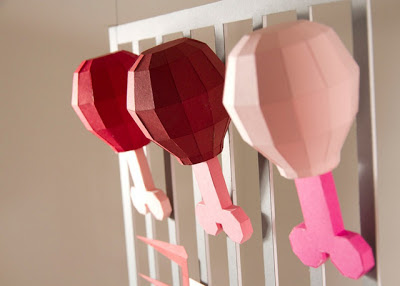
Dubbed "ArduSat," the soon-to-be-launched satellite will connect with the servers at NanoSatisfi, the Kickstarter-funded company that's operating it, and provide students and space geeks alike the chance to do whatever they want up in space. ArduSat is outfitted with cameras, an ambient light sensor, a magnetometer and a Geiger counter, so the sky's the limit (heh) when it comes to the sorts of experiments you can run from the ground. NanoSatisfi also sets customers up with a control panel on the ground, so that they can change the mission as you go. The best part is that it will only cost about $250 a week to rent time with the ArduSat.
But what can one do with a flying satellite, you ask? Well, uses for the cameras are pretty obvious. Beyond that, the makers of ArduStat drew up a list of possibilities that's divided into three categories: science, engineering and entertainments. Some highlights include tracking meteorites by tuning into the radio stations reflected by the meteors' tails, writing algorithms to make the camera take different kinds of photos based on factors like gamma radiation and exposure to the sun, and even mapping Earth's magnetic field. All this fun for less than half of what a monthly Manhattan studio rental costs.
The existence of a satellite for hire is more meaningful than running a bunch of experiments in space. It reflects the imminent future of space exploration—even if it's only exploring a few miles above Earth's surface. As more and more affordable options for going to space show up on the market, the possibility exists for more people to get involved in space research, even elementary school students. While conventional satellites cost between $500 million and $2 billion, NanoSatisfi plans on spending much less than $1 million on purchasing and launching ArduSat into orbit, and over the course of its two year lifespan, the company expects to serve over 4,000 customers. More here.











































